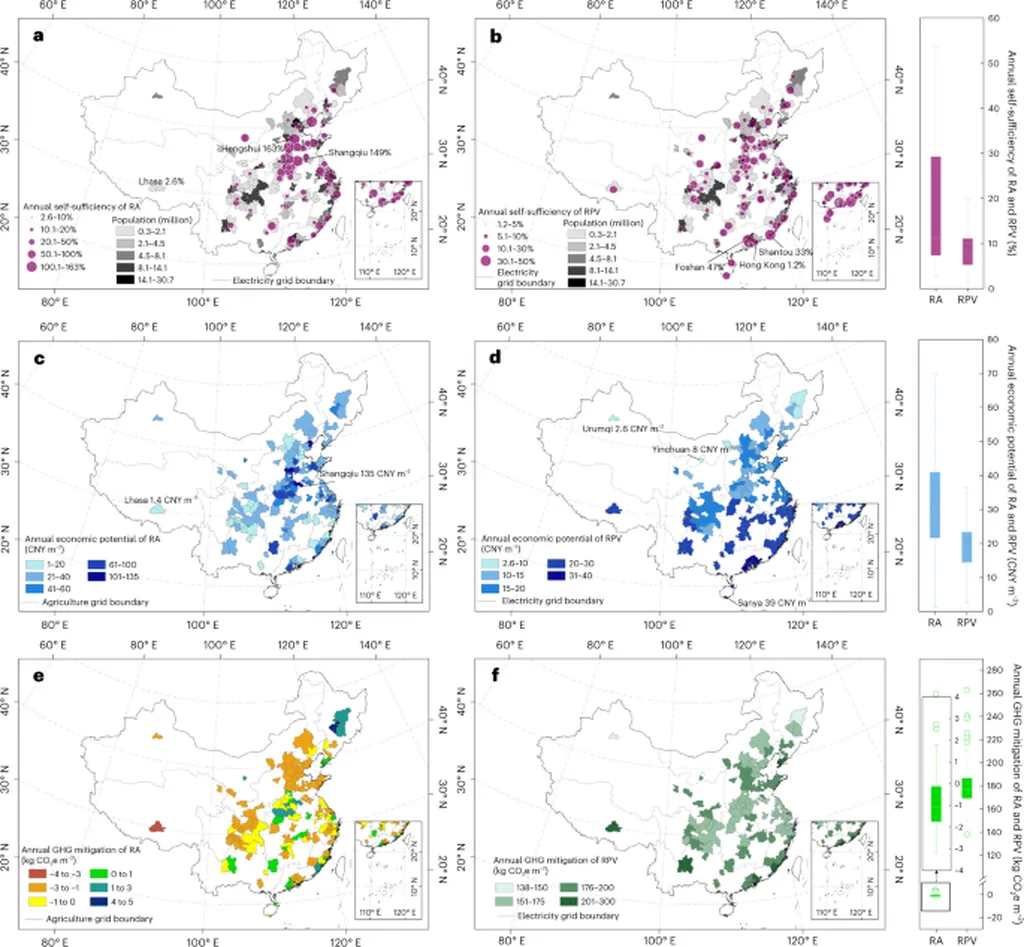In the heart of China’s bustling cities, a quiet revolution is taking root—literally. Urban agriculture is emerging as a significant player in the country’s vegetable supply chain, according to a recent study published in the journal *Ziyuan, Huanjing yu Kechixue (Resources, Environment and Sustainability)*. The research, led by Yuanchao Hu from the Guangdong University of Technology and the Potsdam Institute for Climate Impact Research, sheds light on the potential and limitations of urban farming in developing countries, with a particular focus on China.
The study, which constructed a comprehensive dataset of urban productive spaces in 124 large Chinese cities, reveals that approximately 18% of the 13 million rooftops could be cultivated, considering various factors such as building height, age, rooftop slope, and occupation. By applying both greenhouse and open-air cultivation techniques, urban agriculture could meet about 30% of urban vegetable demand, with a range of 7% to 198% across different cities.
“This study highlights the untapped potential of urban agriculture in China,” says Hu. “By leveraging existing spaces like rooftops, balconies, and courtyards, cities can enhance their food security and resilience.”
However, the study also underscores that urban agriculture has little potential in mitigating greenhouse gas emissions. The average greenhouse gas intensity of urban agriculture (0.30 kgCO2e/kg) is similar to traditional agriculture (0.31 kgCO2e/kg), even when considering benefits like reduced food miles. This finding challenges the common perception that urban farming is inherently more environmentally friendly.
The research also points out that urban agriculture requires substantial inputs, including water, substrate, metal, and plastic. Despite these challenges, the study demonstrates that high-tech urban agriculture can achieve a lower greenhouse gas intensity, provided that agroclimatic conditions are considered and more sustainable practices are promoted.
The implications for the energy sector are significant. As cities worldwide grapple with food security and sustainability challenges, urban agriculture presents a promising avenue for innovation. The study’s findings suggest that while urban farming can contribute to vegetable supply without raising greenhouse gas emissions, it is not a panacea for environmental issues. Instead, it should be part of a broader, integrated approach to sustainable urban development.
“This research provides a nuanced understanding of urban agriculture’s role in China’s food system,” says a spokesperson for the energy sector. “It underscores the need for balanced, evidence-based policies that consider both the benefits and challenges of urban farming.”
As cities continue to grow and evolve, the insights from this study will be crucial in shaping future developments in urban agriculture and sustainability. By embracing a holistic approach that leverages technology, innovation, and sustainable practices, cities can pave the way for a more resilient and food-secure future.

